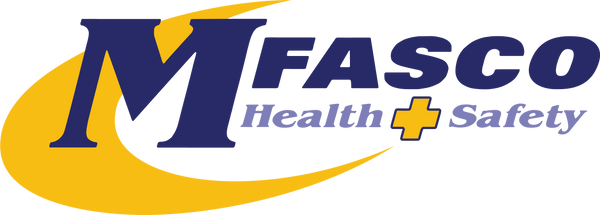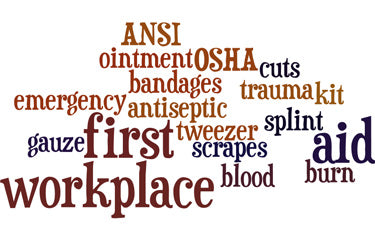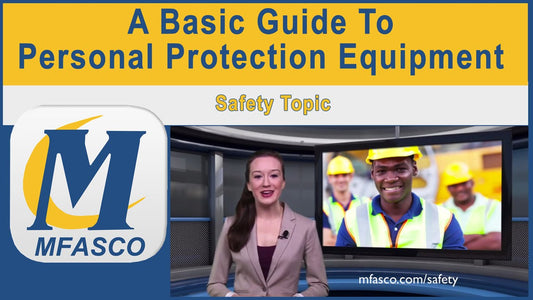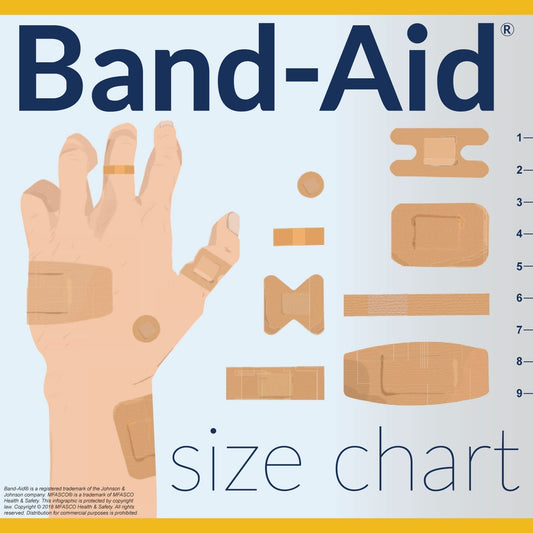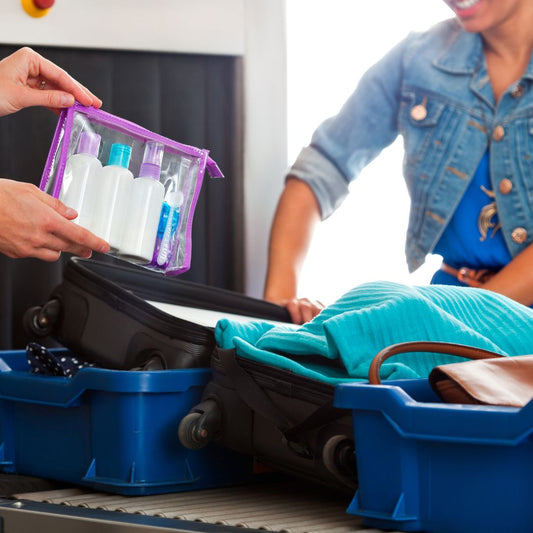Workplace Eye Safety Quiz

Many would agree that sight is our most important sense. That is why it is so important to protect our eyes. Whether we are at home or work, safety glasses can help protect our eyes from injury.

Nearly one million Americans have lost some degree of sight to an eye injury. According to the Bureau of Labor Statistics, more than 20,000 workplace eye injuries occur each year that require time off of work. The quiz below is provided by preventblindness.org and is being used with their permission. Learn more about protecting your eyes at work, school, or home by taking this quiz.
1. Safety glasses can be bad for your eyes Click for AnswerAnswer: False - Safety eyewear is made of optical-quality glass or plastic. Looking through them, even for long periods of time, will not affect your vision.
2. Using a computer terminal won't damage your eyes. Click for AnswerAnswer: True - There is no clinical evidence showing that video display terminals (VDTs) can damage your eyes.
3. Safety glasses with scratches or pits do not need replacing. Click for AnswerAnswer: False - Protective eyewear with scratched, pitted lenses or damaged frames are less resistant to impact and should be replaced. Safety eyewear should be regularly cleaned, inspected, repaired and, if necessary, replaced.
4. Contact lenses provide enough safety in a work environment so you don't need safety glasses. Click for AnswerAnswer: False - Contact lenses can be used in the workplace but ONLY when worn with other appropriate eye protection.
5. Face shields by themselves offer adequate eye protection. Click for AnswerAnswer: False - A face shield provides adequate protection only when used together with other appropriate eye protection.
6. Industrial lenses can be made to fit most prescriptions. Click for AnswerAnswer: True - Industrial lenses can be made to fit most prescriptions.
7. All eyeglasses sold in the U.S. are required to be impact-resistant. Click for AnswerAnswer: True - But there's a catch: While all eyeglasses must be impact-resistant, they are not impact-proof. Industrial-type safety eyewear (both lenses and frames) must meet more stringent standards than regular eyeglasses or sunglasses. Protective eyewear that meets the industrial standard, ANSI Z-87, must be marked with the manufacturer's logo on each lens and with "Z-87" on all parts (frames, temples, etc.).
8. The difference between glass, plastic, and polycarbonate lenses are minimal. Click for AnswerAnswer: False - Polycarbonate lenses are by far the strongest and most impact-resistant. Plastic and polycarbonate lenses are lighter, protect against welding splatter, and are not as likely to fog. Glass lenses provide good scratch resistance and can withstand chemical exposure.
9. Proper occupational safety eyewear is available outside the workplace. Click for AnswerAnswer: True - Hardware stores, home care centers, safety equipment supplies, and optical shops are good places to start. Protectors for the home must have the ANSI Z-87 mark on their frames. Sports protectors should indicate that they have been tested for the appropriate sport.
10. Serious eye injuries usually happen only at work. Click for AnswerAnswer: False - There are also many home activities that require industrial-grade eye protection and sports that require special sports protectors. Not wearing protective eye gear may cause serious eye injuries.
Eye Safety Products & Accessories
Safety Glasses
Lens Cleaning Products
Safety Glasses Accessories
Additional Resources for Eye Safety & Supplies
How Do Safety Glasses Protect Your Eyes?
How To Disinfect Safety Glasses
5 Tips for Workplace Eye Safety
Contributing Expert

Mike Brinker
Mike Brinker has been working in the first aid industry for over 35 years. He has worked with thousands of businesses,groups, and organizations to provide a healthy and safe work environment. Mike helped create “Make-A-Kit”, the internet's only online first aid kit creation tool. He has also authored many helpful first-aid and safety-related resource articles found at the MFASCO Learning Center.
